- News
- Reviews
- Bikes
- Components
- Bar tape & grips
- Bottom brackets
- Brake & gear cables
- Brake & STI levers
- Brake pads & spares
- Brakes
- Cassettes & freewheels
- Chains
- Chainsets & chainrings
- Derailleurs - front
- Derailleurs - rear
- Forks
- Gear levers & shifters
- Groupsets
- Handlebars & extensions
- Headsets
- Hubs
- Inner tubes
- Pedals
- Quick releases & skewers
- Saddles
- Seatposts
- Stems
- Wheels
- Tyres
- Tubeless valves
- Accessories
- Accessories - misc
- Computer mounts
- Bags
- Bar ends
- Bike bags & cases
- Bottle cages
- Bottles
- Cameras
- Car racks
- Child seats
- Computers
- Glasses
- GPS units
- Helmets
- Lights - front
- Lights - rear
- Lights - sets
- Locks
- Mirrors
- Mudguards
- Racks
- Pumps & CO2 inflators
- Puncture kits
- Reflectives
- Smart watches
- Stands and racks
- Trailers
- Clothing
- Health, fitness and nutrition
- Tools and workshop
- Miscellaneous
- Buyers Guides
- Features
- Forum
- Recommends
- Podcast
feature
 Bike at Bedtime - Trek Carbon District April 2024
Bike at Bedtime - Trek Carbon District April 2024Is the District Carbon Trek’s strangest-ever road bike… or even its coolest?
“We need a new bike in the range; any ideas?”
“Let’s do a belt drive model.”
“A flat handlebar urban bike?”
“No, let’s do this one with a drop handlebar. And let’s base it on the Madone 5 race bike.”
“Riiiight! This is with a hub gear, I take it?”
“No, let’s make it a single-speed.”
“You’re sure about this?”
“Absolutely. We’ll sell millions.”
Okay, Trek’s planning meeting might not have gone exactly like that, but it’s hard to imagine the scenario that led to the brand’s District Carbon, surely one of its most niche models ever.
District is the name that Trek gives to its range of city bikes that are designed to “make everyday riding easy, comfy and fun”. You know the sort of thing: upright geometry, flat handlebars, lights, mudguards…
The District Carbon, which we first wrote about at the end of 2009, was an anomaly. Essentially, Trek took its belt-drive District commuter bike and gave it an OCLV carbon frame. Trek did offer the District Carbon with a flat handlebar, but the one that we got in for review had a drop bar and it was quirky, to say the least.
The burning question: why?
Well, for a start, the Trek District Carbon was a very cool bike indeed. We've seen a lot of black carbon over the years – thousands of ’em – but few exerted the pulling power of the District Carbon. In terms of looks, it was understated, but it was still an intriguing proposition.
Costing £2,800 at the time, the District Carbon featured a limited edition carbon-fibre frame –Trek didn’t knock these babies out in great numbers – based on Madone 5 Series Pro race bike geometry. That’s the frame Alberto Contador won the 2007 Tour de France on although Trek gave it a new backend because, believe it or not, El Pistolero didn’t use a Gates carbon belt. The spacing between the rear dropouts needed to be wider and, of course, the frame needed to separate to allow the belt to be fitted and changed (a Gates belt isn’t separable like a traditional chain).
For the District Carbon, Trek opted to separate the frame at the rear dropout. Certainly, the method it came up with was both ingenious and user-friendly: an eccentric dropout that was undone via three Allen bolts on each side.
Like the Madone 5 Series bikes, the District Carbon was fitted with a Bontrager Race Lite fork with a carbon steerer. It was SpeedTrap-compatible meaning that you could run a digital sensor in one of the blades. The fork turned on a Cane Creek integrated headset.
The Gates Carbon Belt was fitted to an FSA Energy 55T chainset and a 22T rear sprocket, giving you a 66-inch gear. Brakes were Bontrager's very swish-looking Speed Limit design – cable-operated rim brakes, as was normal at the time – matched to Tektro road levers.
> Gates to award €100K to the first DH winner on a belt drive
As mentioned, the District Carbon was a single-speed so there’s not masses more spec to tell you about. All the finishing kit was from Trek's Bontrager brand, and it was none the worse for that. The Bontrager Race Lite Aero rims were fitted with Bontrager Race All Weather 23mm tyres – 23s still ruled the world in 2009 – the handlebar was a Bontrager Race VR-S with a comfortable bend, the stem was a Bontrager Race X Lite with 7° of rise, the saddle was a Bontrager Race Lite… You get the picture.
Coming in at just 6.96kg (15.3lb), the Trek District Carbon was lightweight, and you could have easily dropped a few more grams by swapping the wheels and handlebar. Speaking of the bar, we were a little confused by Trek’s decision to go for drops rather than a flat model. They seemed to slightly limit the bike's urban appeal.
That was the thing about the Trek District Carbon – it was a bike with a bit of an identity problem. The frame, the fork, and basically everything about the way the District Carbon was set up said (this bike was way too cool to scream) “performance road machine”. On the other hand, the single-speed belt drive was all about urban riding – in which case Trek could have ditched the handlebar and levers and shed some weight and cost in the process.
In some ways, the District Carbon didn’t make a whole lot of sense, and the fact that it has long gone from the Trek range tells its own story (although Trek still offers loads of urban bikes, of course, including models equipped with Gates belt drives). In retrospect, maybe its strangeness was all part of the lasting appeal. After all, we’re still talking about it 15 years later.
Mat has been in cycling media since 1996, on titles including BikeRadar, Total Bike, Total Mountain Bike, What Mountain Bike and Mountain Biking UK, and he has been editor of 220 Triathlon and Cycling Plus. Mat has been road.cc technical editor for over a decade, testing bikes, fettling the latest kit, and trying out the most up-to-the-minute clothing. He has won his category in Ironman UK 70.3 and finished on the podium in both marathons he has run. Mat is a Cambridge graduate who did a post-grad in magazine journalism, and he is a winner of the Cycling Media Award for Specialist Online Writer. Now over 50, he's riding road and gravel bikes most days for fun and fitness rather than training for competitions.
Latest Comments
- andystow 3 hours 14 min ago
Local to me: 3 injured after multi-vehicle crash in Downtown Peoria....
- Destroyer666 7 hours 57 min ago
Anodizing the aluminium is also for corrosion resistance and therefore enhances the longevity of the rims while this is not really a case for...
- bobbinogs 9 hours 11 min ago
Wheelsmith has always been very good for me. Malcolm was always very opinionated so I got bored with him telling me I should be riding tubeless,...
- Terry Hutt 9 hours 30 min ago
I assume you can carry an e-bike battery on the tube if you leave the bike at home. ...
- chrisonabike 10 hours 32 min ago
I love it - it's a roundabout with a sculpture of a roundabout on its desk!
- cmedred 10 hours 33 min ago
From the position of the cyclist when the video starts and the position of the bike later, it looks highly unlikely that the cyclist went "into the...
- Rendel Harris 10 hours 39 min ago
To rhyme with design. I wondered this myself so looked it up a while ago, according to the founder Micki Kozuschek he and his team had a few...
- Rendel Harris 11 hours 33 min ago
It's not being pedantic at all, careless driving is successfully prosecuted (and I have been in court more than once when a driver has been...
- HLaB 11 hours 56 min ago
It's hopefully an urban myth but I heard it was designed that way on purpose, so the cyclepath captured any flooding and the busway would remain clear
- mdavidford 11 hours 59 min ago
I should imagine eating chopsticks anywhere could be potentially rather perilous.
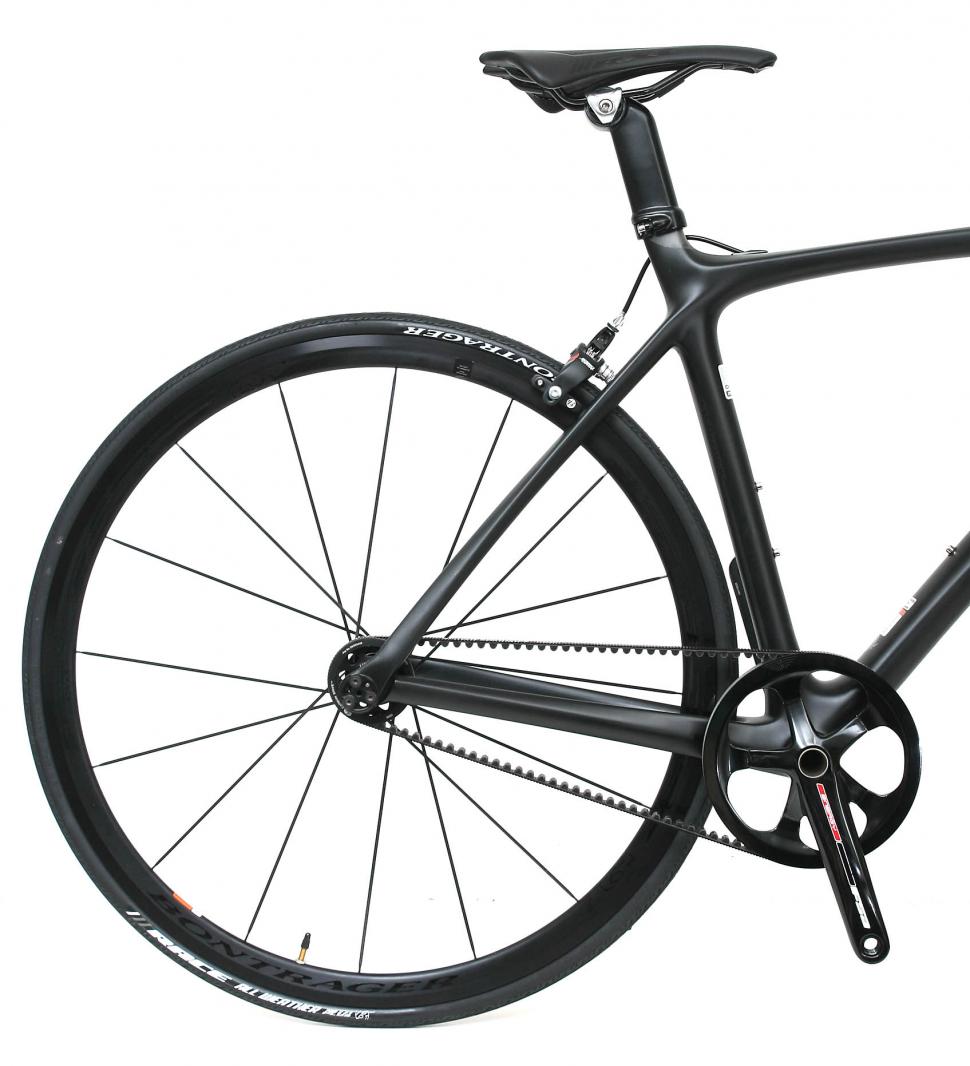
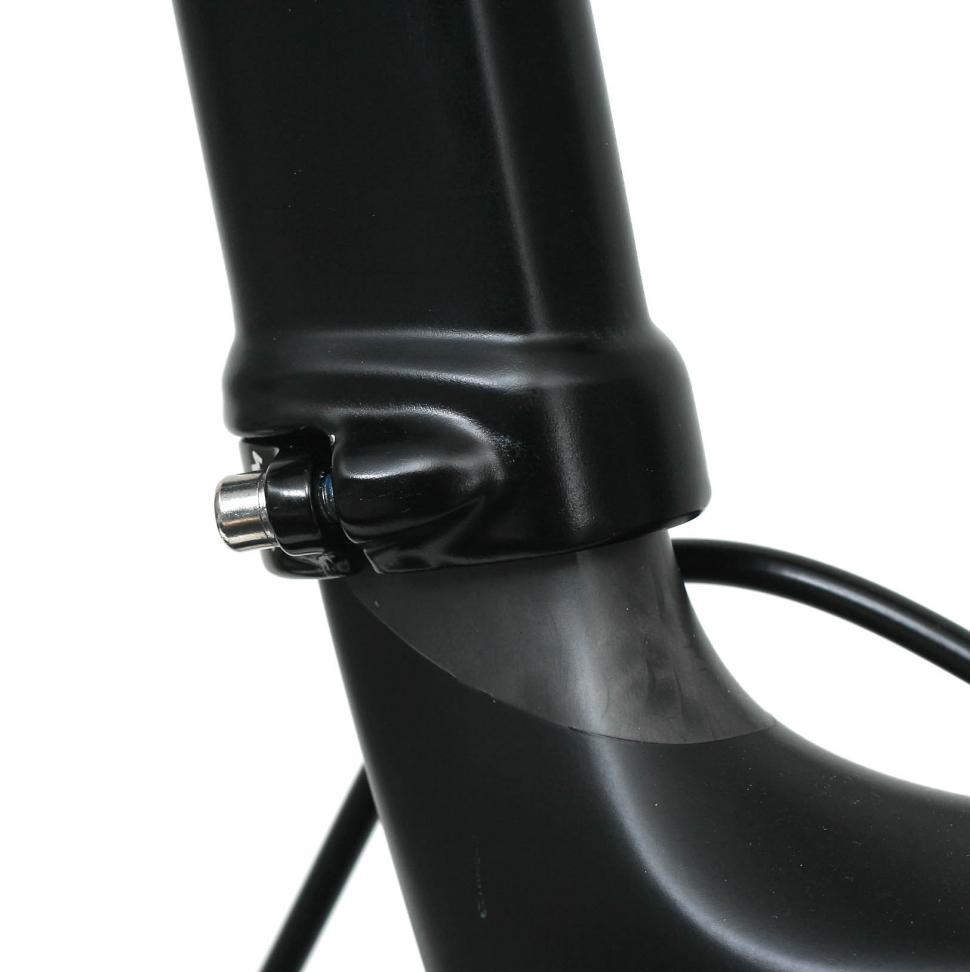
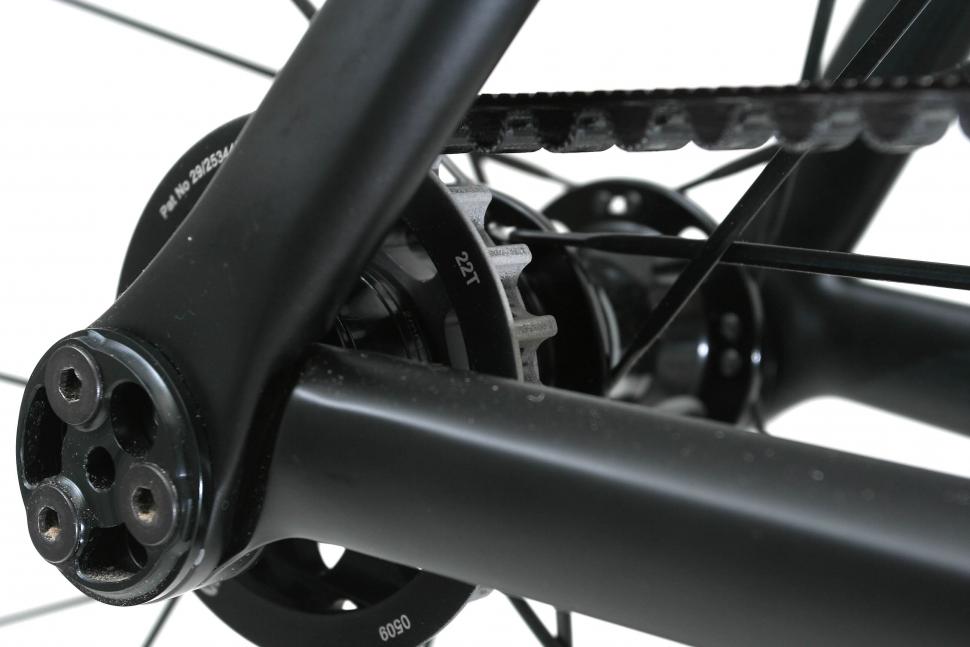
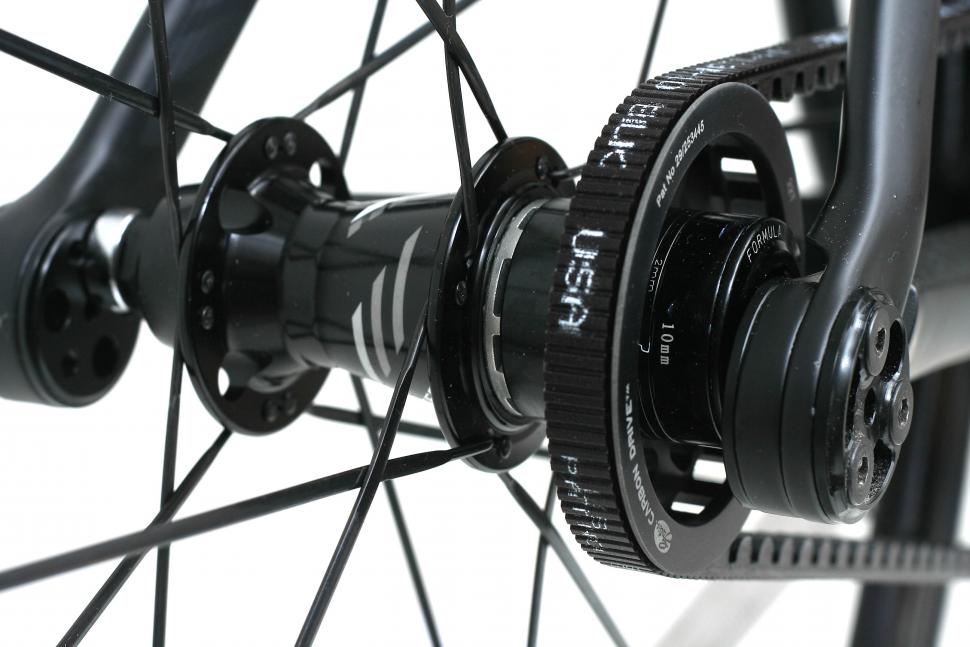
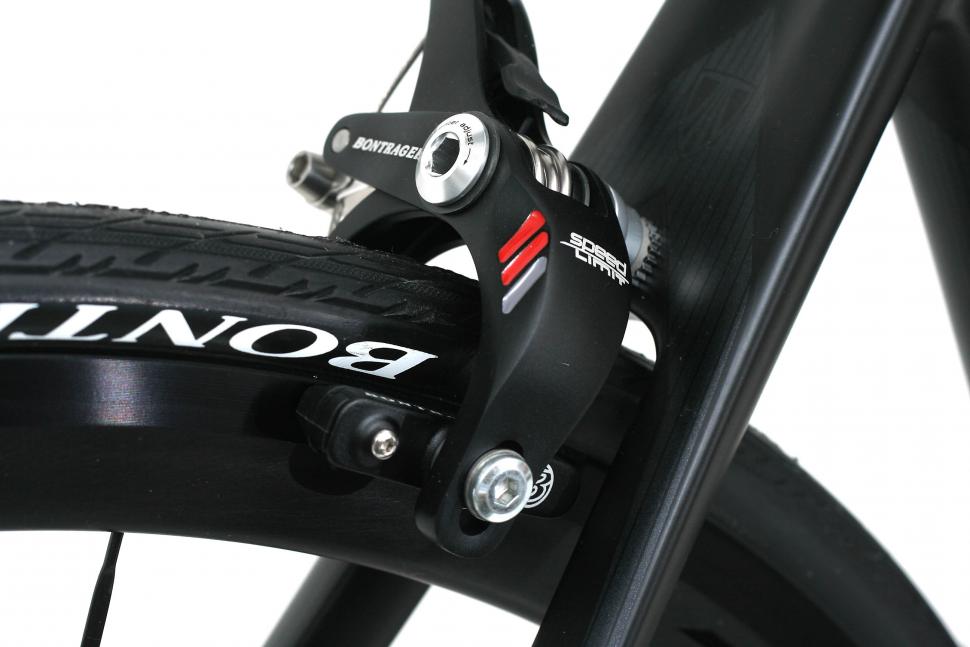


Add new comment
2 comments
I strugle to think other as cool bikes as this. If my city was flatter and I fitter, I would drool over it.
Super cool black finish ✔
Maintenance free belt drive ✔
Single speed at the era when single speed was super cool and even see Batman's sidekick star in a themed movie ✔
Agressive fast geometry ✔
Let's admit it, this is K.I.T.T. car on pedals really.
Yes, probably didn't sell many but it could work as a halo product for the commuter line.
In general, I am very sorry for the reluctance of bike manufacturers to throw drop bars or even bullhorn at city bikes. Be bold guys!
That bike with clearance for 33c, tracklocross style, could be a winner.